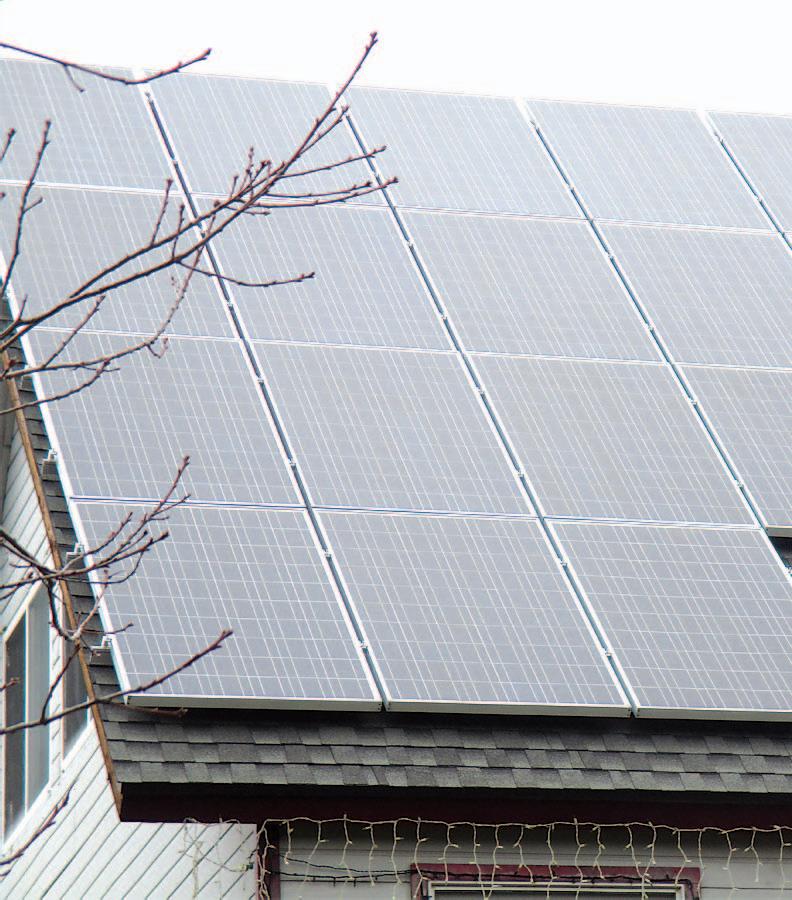
7 minute read
NEwS
from May 25, 2017
Adelson figures in MontAnA rAce
Just as he did with presidential candidate Newt Gingrich in 2012 and state attorney general candidate Adam Laxalt in 2014, Nevada billionaire Sheldon Adelson is helping keep wealthy technology entrepreneur Greg Gianforte alive in the special U.S. House election in Montana. The race was prompted by the appointment of Montana’s Rep. Ryan Zinke to the Trump cabinet as interior secretary.
Advertisement
Republican Gianforte is facing off against Democrat and country singer Rob Quist in the Big Sky State. The Congressional Leadership Fund, a super-PAC formed in 2011, is running a campaign against Quist that may actually be aiding him. The CLF, funded mostly by Adelson and fossil fuel billionaires, is making an issue of the fact that a bungled gall-bladder surgery in 1996 left Quist with unpaid bills and tax liens. The experience has been used in a CLF attack ad. Quist sold off part of his family ranch to pay his medical bills, an experience familiar to many voters. Health care expenses are the single biggest cause of bankruptcies in the United States.
With that dispute unfolding, the New York Times on May 5 reported that Gianforte had, on a conference call with corporate lobbyists, said he would support the Republican health care bill. That happened while Gianforte was telling the public he had not yet made up his mind on the measure. Gianforte backed away from the GOP measure amid protests from Montanans using the Affordable Care Act.
Adelson and his wife Miriam are CLF’s biggest donors, ponying up $30 million to the committee since 2012. The Washington Free Beacon website has also been conducting a campaign against Quist.
National Democratic Party officials have paid little attention to the Montana race, but Sen. Bernie Sanders has been aiding Quist’s campaign, which this week reported topping $5 million in contributions.
Pot tAle of the week
At the Nevada Legislature on May 24, Grace Crosley of the prohibitionist Nevadans for Informed Marijuana Regulation read to members of the Senate Judiciary Committee a June 29, 2016 Fortune magazine article. In the section read by Crosley, it said in part:
“Marijuana legalization [in Colorado] has delivered some surprises statewide to regulators, police and citizens alike. For instance, many people thought legalization would quash the black market for the drug. ‘That’s been a fallacy,’ says Cynthia Coffman, Colorado’s attorney general. Legalization of cannabis stores and grow operations has drawn more drug-related crime.”
In fact, it was not legalization that drew drug crime.
There are two issues here. First, many Colorado advocates of legalization never said it would end a black market. Mostly they said it would eventually reduce black marketing. After all, a cigarette black market thrives in many states like Nevada (“If the price is right,” RN&R, Oct. 22, 2015) even though tobacco is legal and Colorado itself has supplied tobacco to black markets in other states with its low-taxed tobacco products.
Second, there is a misconception that marijuana is legal in Colorado. While Coloradans voted for legal marijuana, the measure they approved had an opt-out clause, and governing bodies in most communities in the state voted to continue prohibition, thereby guaranteeing a continuing black market. Thus, it is prohibition, not legalization, that has fueled the black market. Nevada may be close to ending a war over rooftop solar.
PHOTO/DENNIS MYERS
Net gain
Nevada may regain its place in the sun
state legislators this week took a step toward restoring the growth of rooftop solar in Nevada.
The Nevada Assembly voted 38-2-2 for Assembly Bill 405, which establishes a net metering adjustment charge to reimburse rooftop-customers for excess solar at 95 percent of the retail rate, to a 6 percent threshold.
Previously, solar users were reimbursed at the full retail rate, so this comes near to restoring them to their previous status.
The measure was approved 12-2 by the Assembly Commerce and Labor Committee on May 12 after complicated compromises that kept lobbyists on their toes. The closing days of the legislature are traditionally a period when legislation is slipped through without rigorous scrutiny, and some lobbies have been known to hold measures until this period.
Nevada—once at the forefront of home solar—became the focus of widespread publicity after a Republican majority in the 2015 Nevada Legislature directed the Public Utilities Commission to conduct a reassessment of rooftop solar. At the end of 2015, the Commission voted 3-0 to reduce the payments homeowners receive for generating solar power and sending it back to the grid, the practice known in law as net metering. The PUC also hit homeowners with a fee for access to the grid.
Solar firms and jobs abandoned the Silver State (“Fighting the future,” RN&R, Jan. 21, 2016), and environmental and business publications threw a spotlight on the state’s sudden retreat from solar.
The Public Utilities Commission claimed to be acting because solar customers were being subsidized by regular customers, a claim fostered by Warren Buffet’s monopoly NV Energy. In fact, independent studies—including one commissioned by the PUC itself—said otherwise, but numerous news entities reported the claim as though it were true and never corrected it (“Myths as news,” RN&R, Aug. 25, 2016).
After the Assembly vote this week, advocates of solar expressed their pleasure.
“Over a year ago, the Nevada Public Utilities Commission moved Nevada backward when they kicked the rooftop solar industry out of Nevada,” said Nevada Conservation League Executive Director Andy Maggi. “The legislature has taken another huge step today in erasing that decision and putting rooftop solar back on a long-term path for success in Nevada. When voters took to the polls in November, this issue was top of mind when they filled out their ballots.”
Reno solar contractor NV Sunworks spokesperson Travis Miller said, shortly before the vote, “That bill provides long-term certainty to consumers regarding rates, and also provides consumer protections via contractual disclosures among other things. This provides the potential resolution and correction to the disastrous PUC decision of 2015 that decimated the industry...”
BehAviorAl guessing
Though Gov. Brian Sandoval was blamed for the PUC action, the Commission is composed of members who serve fixed terms specifically to insulate them from political pressure.
Nevertheless, no one has ever been able to explain why the Commission responded as it did to the legislature’s action in 2015. To
this day, it lends uncertainty to the business climate in the state for solar firms considering moving in.
For instance, PV Magazine reported last weekend, “For reasons that are still not entirely clear—even to people at the heart of the fight—the Assembly directed the PUC to cut the net metering rate precipitously and without warning, throwing customers and installers into a state of suspended animation. The rate reductions extended solar’s payback time beyond what many rooftop customers were willing to accept and reduced its economic raison d’etre. That, in turn, affected the installers that had customers lined up for installations. With the diminished economic incentive, many of those projects dried up.”
Whether the state can overcome the doubt some firms deciding between Nevada and other sun-drenched states may feel is anyone’s guess. If the legislative majorities change again, will the state’s solar policies also change again? The role Buffett will play if the bill now passes the Senate is also a subject of interest. Buffett has been undercutting solar in states all over the nation, preferring a traditional model of large power plants over net metering.
Nevada Nevada’s former U.S. senator, Harry Reid, publicly faces doubt warned Buffett last year that he was living in from solar firms the past by insisting on plants over net choosing between metering. “I think [Buffett’s] a good
Arizona and person, but I think he’s wrong on rooftop
Nevada solar,” Reid said. It appears all but certain that the measure will be approved by the Senate, which has already demonstrated its support of renewable energy technology. Senate Bills 65 and 204 have both been approved unanimously in the Senate. S.B. 65 provides for utility resource plans, and 204 deals with energy storage systems. Ω
Have a seat


It may not look like it, but the depth of Truckee River water is falling. A week ago, the seat of this bench in Crissie Caughlin Park was submerged. Flood preparations were made on the Truckee, Carson and Walker rivers, but flood concerns have fallen with the water levels.










